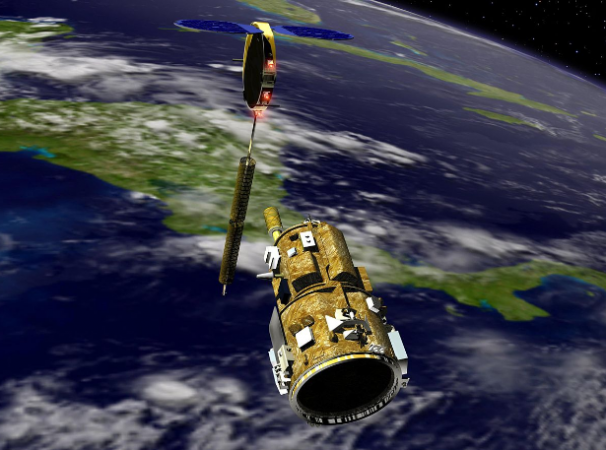
USA: NASA's Dual Asteroid Redirect Test (DART) mission may make it easier to deflect asteroids in the future. Dimorphos is an asteroid that NASA hit in September last year. It is the size of the Roman Colosseum and weighs 600 kg.
Initial findings suggested that the asteroid's orbit was successfully altered by the spacecraft, and the research has led to more encouraging findings.
Fortunately, for at least the next century, there are no known asteroids that pose a threat to Earth. While most large asteroids that could hit Earth have been tracked, smaller asteroids often go unnoticed.
Also Read: Michigan has become the latest state to outlaw TikTok on devices used by the government
The fact that asteroid 2023 BU, which passed Earth in January, was discovered only days before its encounter emphasizes the need for reliable planetary-defense strategies.
The DART mission employed a method of asteroid deflection known as a "kinetic impactor", which is colliding two objects. In this instance the spacecraft is destroyed in the asteroid Dimorphos. The team verified that the orbital period of Dimorphos had decreased by about 33 minutes. The initial goal set by NASA was 73 seconds or more.
Also Read: Centre accepts expert panel report on Smart Electricity Transmission System in India
DART is notable for being the first planetary defense test mission ever conducted. Recent discoveries have demonstrated the potential of kinetic impactor missions such as DART to "effectively alter the asteroid's trajectory".
This is considered an important step in the prevention of future asteroid strikes. The obtained data are examined in more detail in four papers that were published in the journal Nature.
Important information about DART's kinetic impactor technology demonstration is contained in a paper. Reconstruction of the mission's impact and the sequence of events leading up to it, describing the location and features of the impact site, and taking into account the shape and size of the dimorphoses are part of the study. The bottom line is that, if necessary, kinetic impactor technology is a practical way to protect Earth.
DART would need to demonstrate that an asteroid can be targeted during a high-speed encounter and that the target's orbit can be changed to prove that kinetic impactor technology is a viable option for planetary defense. According to Christina Thomas of Northern Arizona University, "DART has successfully done both.
According to the study led by Thomas, material on the asteroid that broke off during the collision between the dart and its target, known as ejecta, contributed to a significant change in the asteroid's momentum.
Also Read: Elon Musk unveiled some new features for the plans of the Twitter company
By examining the change in Dimorphos's orbital period, another study focused on the momentum change transferred to the asteroid from DART's kinetic effect.
The team found that Dimorphos' speed along its orbit slowed immediately after the impact by about 2.7 millimeters per second. Depending on the mass of the dimorphose, the momentum change was increased by a factor of 2.2 to 4.9.